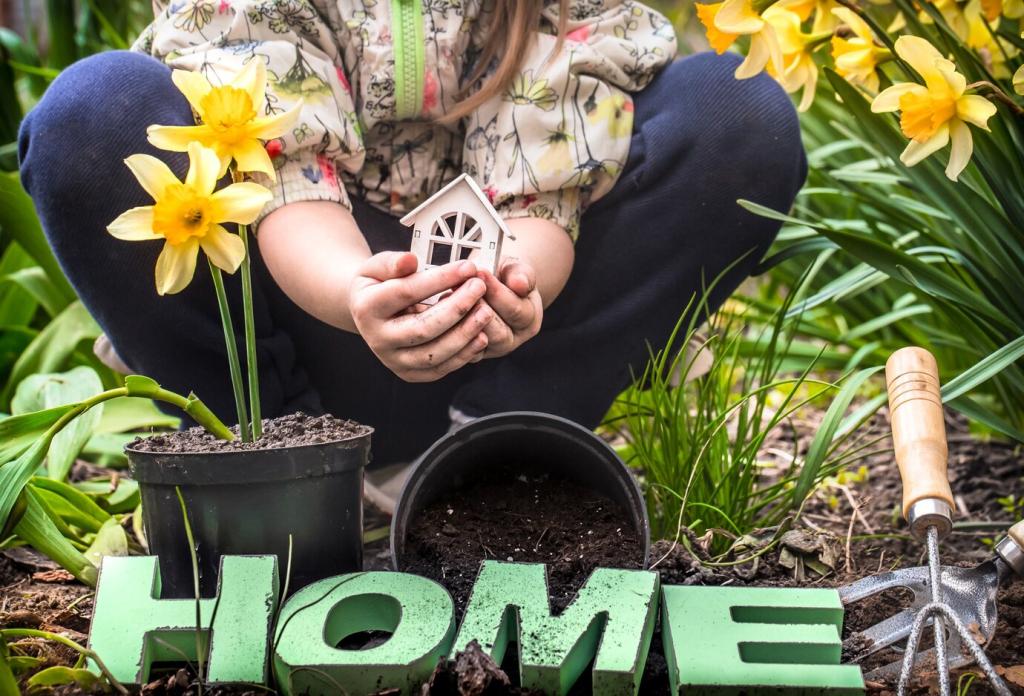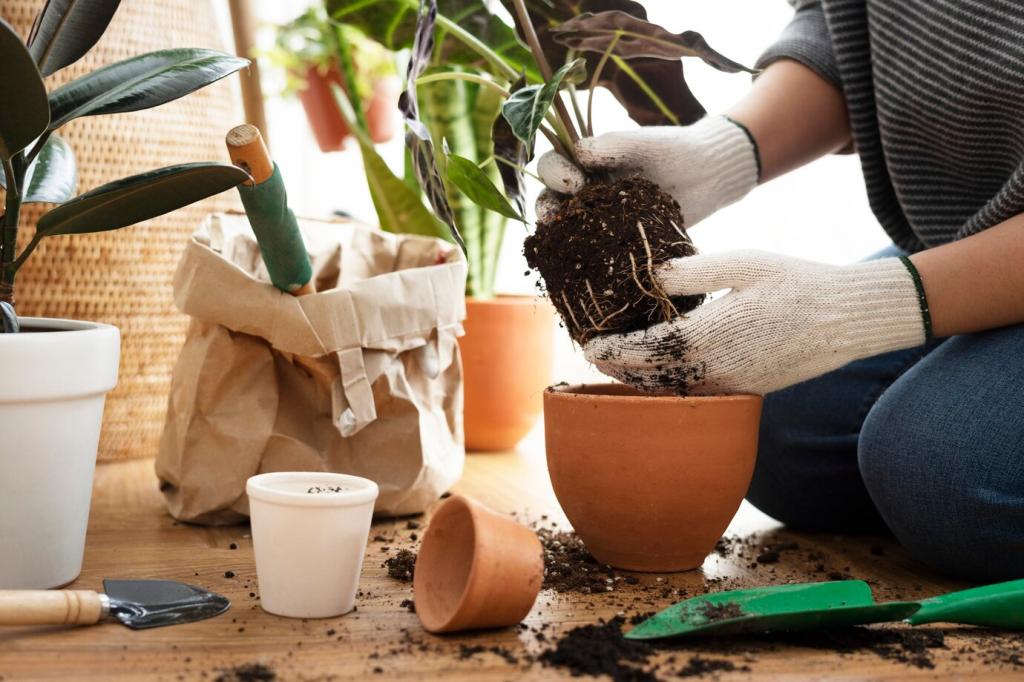
Vertical Gardens for Limited Spaces: Grow Up, Not Out
Chosen theme: Vertical Gardens for Limited Spaces. Turn tight balconies, blank walls, and tiny patios into flourishing green columns with practical techniques, smart design, and uplifting stories that prove small footprints can grow big dreams. Share your goals below and subscribe for weekly vertical tips.
Start Small: Foundations of a Space-Savvy Vertical Garden
Reading Your Micro-Space
Map the day’s sun with a simple hourly check, note wind tunnels between buildings, and verify wall integrity before hanging anything. Observe where water collects after rain, and confirm any rental or HOA rules. Comment with your findings to get community feedback.
Choosing Frames, Racks, and Pocket Systems
Freestanding ladders, modular panels, and pocket planters distribute weight safely while keeping floors clear. Renters can use tension rods or rail-mounted baskets to avoid drilling. Add corrosion-resistant hardware and spaced anchors to handle moisture. Share your setup photos for tailored suggestions.
The Right Medium: Lightweight Mixes That Hold Moisture
Skip heavy topsoil. Blend coco coir, perlite, and compost for a light, airy mix that retains moisture without waterlogging. For ultra-thin systems, consider felt pockets or hydroponic mats. Post your favorite mix ratios so readers can compare results and refine recipes.

Plants That Love to Climb, Spill, and Stack
Dwarf basil, thyme, chives, parsley, and compact oregano thrive in shallow pockets with frequent harvesting. Keep rambunctious mint contained in its own pot. Succession sow small batches monthly. Tell us which herbs you reach for most so we can suggest ideal varieties.
Water, Food, and Routine Care Without the Mess
Use drip lines with pressure-compensating emitters, gravity-fed bottles, or capillary felt to deliver steady moisture. Group thirsty plants lower where water collects. Install discreet catch trays to stop runoff. Ask questions about your watering schedule and get tips from fellow growers.
Design Magic: Make Small Spaces Feel Lush
Depth Illusions with Layering
Place upright forms in the center, trailing plants at edges, and mid-sized mounds between to build a three-dimensional rhythm. Mirrors amplify greenery but should be angled to avoid scorching reflections. Share a sketch of your wall for layout feedback from the community.
Color Stories and Texture
Pair glossy leaves with matte, and mix silver foliage with deep greens for contrast. Repeat two or three accent colors—like coral blooms and lime foliage—to unify small areas. Comment with your palette, and we’ll suggest plants that match your mood and light.
Beautiful Upcycling
Transform pallets, gutters, or fabric shoe organizers into planters using breathable liners and food-safe sealants. Sand rough edges and reinforce load-bearing points. Post your DIY builds and lessons learned so others can replicate safely in compact homes.
Maya’s Balcony Rail Harvest
With rail-mounted boxes that left exits clear and met building rules, Maya grew cherry tomatoes, basil, and oregano. By August, she traded balcony pesto for her neighbor’s rooftop honey. Share your harvest swaps and help others start friendly garden exchanges.
Omar’s Window Wall of Greens
Tension-rod shelves and lightweight planters turned Omar’s south-facing window into a salad station. He staggered sowings every two weeks for a steady bowl of greens. Ask Omar-style questions about spacing and timing, then report your yield in the comments.
Lena’s Pallet of Memory
After salvaging a pallet, Lena created a living recipe wall with mint, thyme, rosemary, and strawberries for visiting grandkids. Each pocket held a story and a snack. Share the plants that connect you to family, and inspire someone’s first vertical build.

Weight, Load, and Safety First
Distribute weight across studs or sturdy rail brackets, avoid waterlogged media, and test with incremental loads. Keep pathways and emergency exits clear. When in doubt, choose freestanding frames. Ask the community to review your plan before you drill a single hole.

Pests, Mildew, and Airflow
Tight plantings invite mildew and aphids. Thin foliage, improve airflow with small fans, and spot-treat using insecticidal soap or neem. Quarantine new plants. Share your pest photos for quick IDs and treatment timelines from experienced balcony growers.
